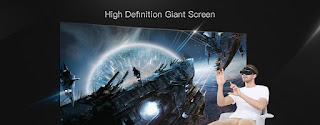Lexus Concept Car: Light in Motion

New Concept: Hikari Changes Shape, Changes Light Source: Lexus Hikari Concept Car Not Your Father's Lexus It's called the Lexus Hikari, which in Japanese means light and the principle of light in motion. This is an incredible new concept car. Let's just say it's not your average Lexus. The Hikari changes shape to let the ambience of light into the car or shade it for a more comfortable drive. The flexible exterior enables the dynamic use of light. The e-rubber exterior of the vehicle is a next generation material that holds a surface together while allowing it to bend without showing any visible creasing. And, there's a lot more to this incredible car. Hydrogen Powered and Autonomous The Hikari is autonomous. It's hydrogen powered and lined with fuel cells. There are no visible doors and windows. The roof controls the ambience to enable the "driver" to work in sunlight or in a shady, more comfortable space as the vehicle auto





